A Brief History of Companion Consoles
- baronsfel001
- Dec 26, 2022
- 7 min read
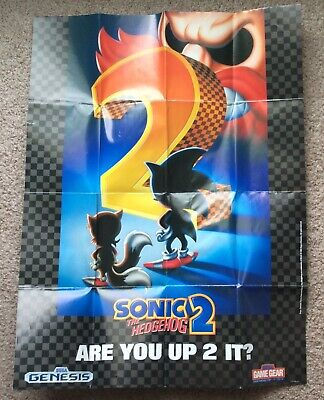
Anyone with passing familiarity knows the 8- and 16-bit variants of Sonic 2 are very different. In the third generation of console gaming handheld systems got new meaning: what before had been independent units with significant limitations became realized as a portable replication of home TV gaming experience. Differences in technical capabilities were obvious via any comparison but back in the day this was minimal issue because portable gaming filled a different role than at home. This distinction is difficult to imagine today since smartphones and tablets eliminated the technical differences, and as of the ninth generation of consoles dedicated handheld systems themselves are a thing of the past (having been replaced either by remote screen gameplay via smart device applets or conversion between tabletop and handheld).
I define companion console as a handheld system contemporary to a primary tabletop counterpart that shares (and often supplements) the franchise titles of the latter. Merely being handheld does not meet this definition: games and technical connectivity (this will be elaborated later) are major factors. Though I am primarily a Sega fan I will focus this post on a rival company that met this trend the most. However I will first start with a review of major handhelds and how they fit into that trend or not.
Non-Qualifiers
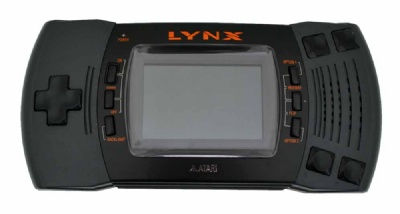
Among the first and least-successful of color handhelds, Lynx happens to actually be Atari's flagship console bridging the 7800 to the Jaguar (the wildcat naming convention held, then when Atari went belly-up with Jaguar it would be picked up a decade later by Apple for Mac OS X). It may claim at least a footnote of fame for likely being the first programmable [cartridge-based] console with ambidextrous control and display capability. Like Game Gear it should've immediately obsoleted Game Boy on paper but in practice the technology couldn't keep ahead of power requirements and it failed accordingly.
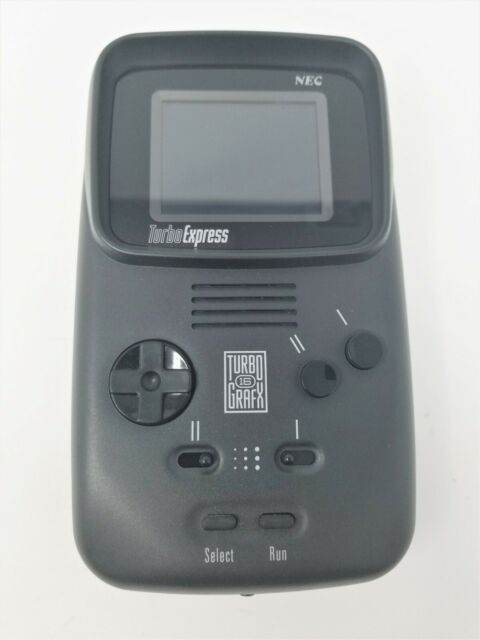
With the vertical orientation of the Game Boy but full-color capabilities that prompted development of a TV tuner accessory to take advantage like Game Gear, NEC's TurboExpress (which cameoed in the 1998 thriller Enemy of the State) was more capable than both by virtue of being a portable TurboGrafx-16 like Nomad was for Sega Genesis. This made it the most elite handheld of its generation: the TurboGrafx-16 itself wasn't that successful and only a narrow audience would be receptive to playing that limited library on a small screen with link cable-only multiplayer and significant power drain. One company considered the same approach but failed to heed its lessons.
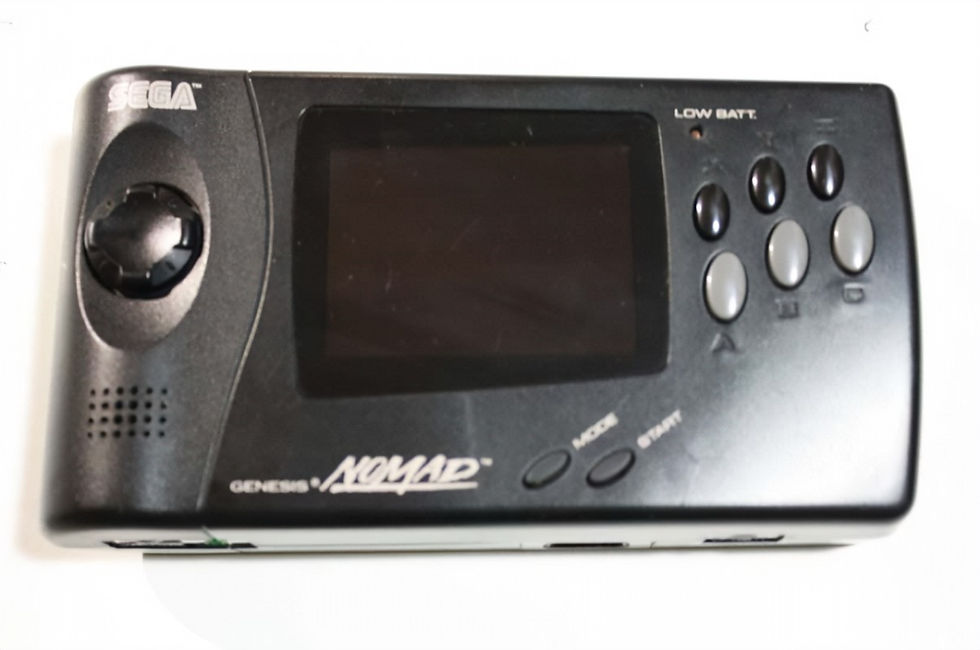
Sega may be THAT ONE game console maker with the greatest number of collectible systems: it's a real toss-up among the SG-1000, any of the combined Genesis-CD systems, or Nomad as ranking highest in that category. It had the potential to be a companion console considering Saturn got its backwards compatibility excised from the design, but Nomad ended up becoming just an expensive portable Genesis without expansion capability (no TV tuner was made, however they weren't made for Game Gear anymore at that point either since they were rightfully seen as more of a gimmick). As with Master System on Game Gear's cartridge converter accessory, titles made for a TV screen got mixed playability in handheld form.
Nintendo
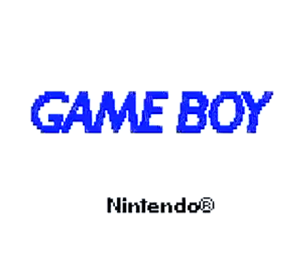
Historians will note it was Game & Watch that was Nintendo's (and designer Gunpei Yokoi's) first foray in the handheld realm but literally all its succeeding systems (not Virtual Boy which wasn't even a handheld) defined how to succeed in portable gaming, even to the point that it kept Nintendo ahead after yielding the lead in the tabletop console market. Between Nintendo's rich library (a byproduct of its superb first-party designs combined with their aggressive third-party licensing schemes of the 80s) and accessibility of being the only handheld console line of its time with decent battery life, the lack of color for the first decade was a non-issue. The rest is history; the focus of this post is the console companion aspect.
The original Game Boy released just as the Nintendo Entertainment System reached the top of its heap. Objectively the NES was more capable, yet Game Boy wasn't that much weaker and this opened up the option of a binary approach: 1) port a game directly with allowances for the smaller colorless screen or 2) craft a companion (original or equivalent) game designed for handheld from the ground up. The Game Boy lasted far longer than the NES and once it became Nintendo's sole 8-bit vanguard option #2 grew more common.
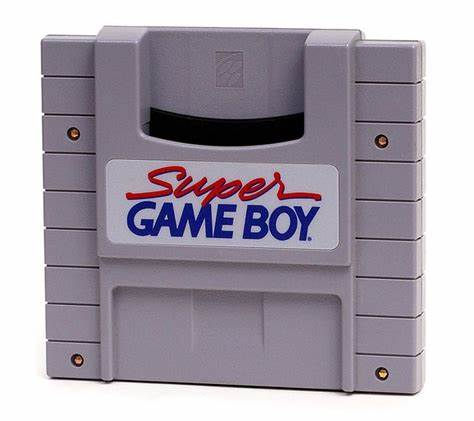
Game Boy was successful in many aspects including as a portable companion to NES, but back then the companionship aspect necessarily applied only to the equivalent games themselves; this changed with premiere of the Super Nintendo Entertainment System and an accessory that blurred the line between portable and home gaming. Numerous Game Boy titles, developed for monochrome display, received a color (albeit very limited) and screen size upgrade if plugged into a SNES via Super Game Boy. While the companion gaming aspect remained as it was before due to an improved Game Boy console still being years away, this tabletop console connectivity would soon achieve a whole new pertinence.
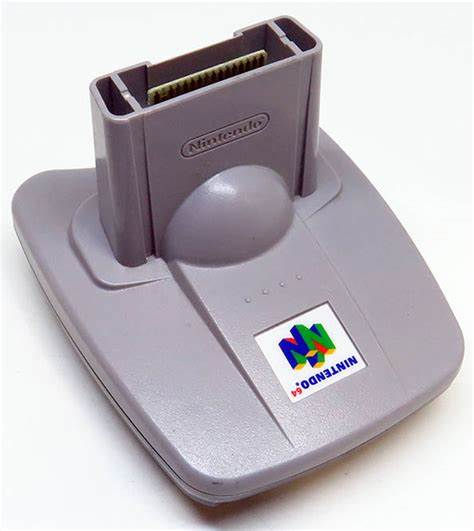
When Game Boy Color arrived in 1998 Nintendo 64 had long succeeded the SNES. Companion games continued on this new system as they had for ones before (now including franchises introduced on N64 such as originals by Rare) but a new aspect appeared in the form of the Transfer Pak. While there was a capacity to play some Pokémon titles like on Super Game Boy via a emulator, the core purpose of this accessory was the transfer of information between compatible handheld and tabletop games. It wasn't used for many games but showed much greater connectivity potential.

This potential was realized with release of Game Boy Advance, GameCube, and the capacity to connect them to each other via a simple cable rather than necessitating the hardware add-ons of before. Well not quite: this setup enabled Transfer Pak-like capability to unlock exclusive features in supported titles for either system but Super Game Boy-like full-screen play required the additional Game Boy Player. As Game Boy Advance boasts backwards compatibility with the original and Color systems this became the ideal way to play anything on the Game Boy line up to this point on TV, and for those interested remains the only legitimate option to do so since backwards compatible Wii consoles retain Game Boy Advance connectivity but their physical design precludes the ability to likewise use Game Boy Player.
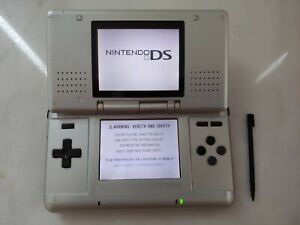
The DS line succeeded the Game Boy line in the mid-2000s and would last until the end which occurred very recently. While the actual time correspondence aligned only as well as it did before (with tabletop console generational shifts offset from those of handheld by a couple years or so) in general the original DS family companioned the Wii with the 3DS family likewise for Wii U (the New 3DS family was available alongside Switch but more as an alternative rather than companion console). Nintendo held out longer than anyone else but with smartphone and tablet power growing as exponentially as desktop computers before them it became clear the writing was on the wall for consoles dedicated to handheld gaming.
Sega
Anyone who remembers the console wars of the cartridge era knows Sega's approach was, shall we say, far more chaotic than chief competitor Nintendo's? As has been covered elsewhere Sega rarely had an equal in arcades but attempts to transition those unique capabilities home only ended up with a greater number of consoles achieving lesser success than the competition. The key exception to this was on the handheld front where things were relatively more stable.
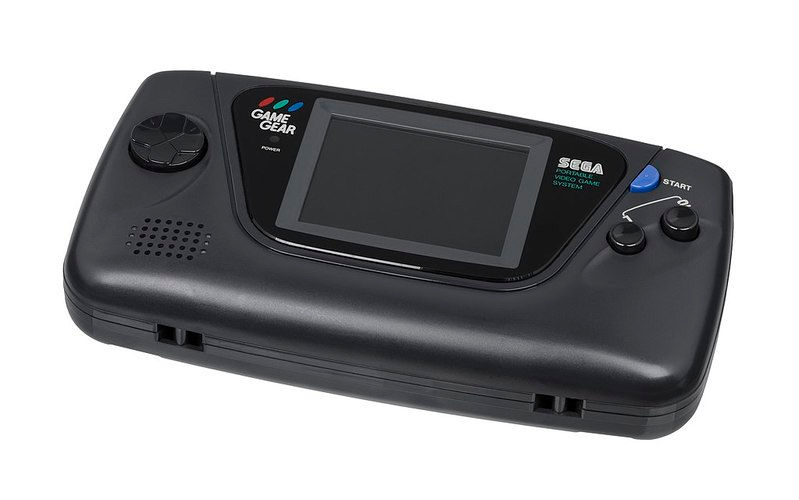
Game Gear lived nearly as long as the original Game Boy family and was the most successful of its many challengers...though that still only says so much since Game Boy kept ahead by a HUGE margin. At its core it was a portable Master System with a minor audiovisual upgrade, but as their first handheld Sega went all out in making it a viable alternative. There was no special connectivity other than the standard 2-player cable and a TV tuner accessory but its game library cemented it as a fine handheld companion to Genesis, CD, 32X and Saturn with its numerous 8-bit ports and supplemental franchise titles.
After the Game Gear quit in the early Saturn era Sega had no true successor (Nomad was already failing) and entered a confusing time of maintaining a handheld focus while their home consoles trucked along. The first notable partnership on this front was with Tiger Electronics who had already made simple LCD games based on Sega properties for years: a couple unique Sega games made it to their monochrome Game.com console and results were a disaster both in market performance and gameplay. A stronger attempt came with arcade fighting masters SNK whose Neo Geo family was bowing out about the same time Dreamcast entered the picture.
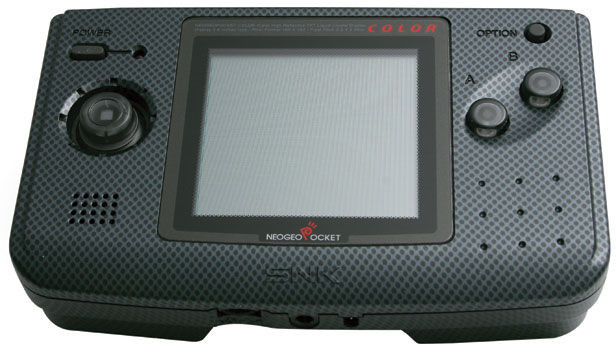
SNK had already been compensating for years: in the 4th generation Neo Geo was too elite for access by most while in the 5th generation competing systems began to rival its power, ergo SNK games had been ported to non-SNK consoles from the beginning. They were not the only ones to succeed Game Gear as a new Game Boy challenger hoping to take advantage of that line's slow transition to color (only to get shut out when Game Boy Color did arrive) but they were the only ones to partner with Sega thus becoming the closest thing to a true successor. While anyone is forgiven for presuming the companion handheld to Dreamcast is its VMU (a rather unique device of its own but still just a memory card acting as a micro-jumbotron with downloadable micro-games), the correct answer is the Neo Geo Pocket Color which connected to Dreamcast and interfaced with supported games in a near-identical manner to what Game Boy Advance would do with GameCube years later.
Sony
This will not go in-depth as the handheld line of the PlayStation family is more contemporary and better-known in general. Sony is the last company of note in this case as despite numerous handheld consoles out there only a handful came from mainstream console makers; no others are worth covering (Bandai's WonderSwan handheld line has absolutely nothing to do with their Apple Macintosh-based Pippin). It's likewise a rabbit hole into the realm of modern remakes (i.e. Analogue Pocket), many of which are built on emulation anyway.
For challenging Nintendo directly Sony followed a similar pattern including time of generation change. PlayStation Portable was made to challenge Nintendo DS but also served as a companion system which connected between certain games for PlayStation 2 & 3. It was also the first handheld to support inter-system gameplay streaming via Remote Play with PS3, a capability carried over into the succeeding Vita which was the companion to PlayStation 4. Preferring to focus on mobile game streaming via common smart devices Sony quit the handheld market after Vita, remaking it one final time into the set top box PlayStation TV (which became infamous for its restrictive Vita compatibility despite having Remote Play capacity, an issue not helped by it being originally marketed under the Vita name).




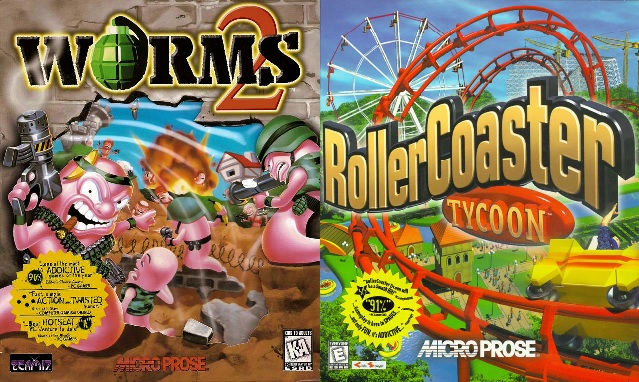
Comments